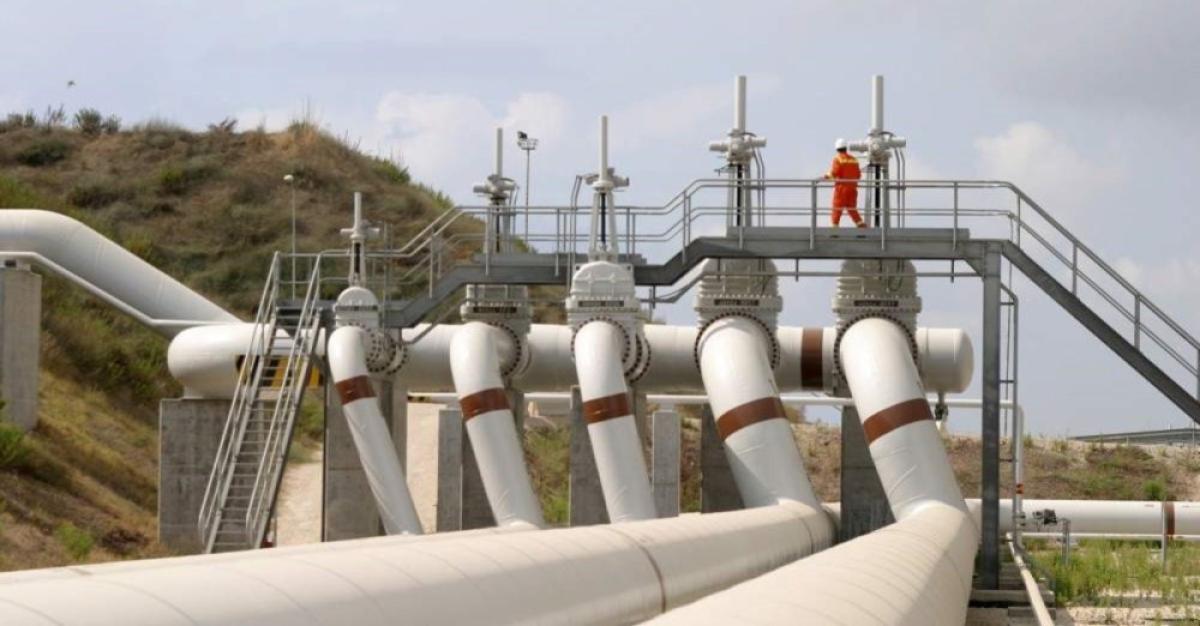
The volume of oil transported via the Baku-Tbilisi-Ceyhan (BTC) pipeline passing through the territory of Georgia has increased.
According to the Oil and Gas Corporation, the pipeline carried 2.4 million tons of oil through the pipeline in March, which is the highest level since the record result reported in March last year. Compared to March 2021, the pipeline load has been reduced by 0.5 million tons.
In the first quarter of 2022, 6.7 million tons of oil were transited.
Oil transit via BTC pipeline/I Quarter 2022 is as follows:
• January - 2.3 million tons;
• February - 2.0 million tons;
• March - 2.4 million tons.
As for another export route to Georgia - the Western Route Export Pipeline (WREP) or the so-called Baku-Supsa Oil Pipeline, its load was 0.9 million tons in the first quarter.
Oil transit via WREP pipeline/I quarter 2022 is as follows:
• January - 0.4 million tons;
• February - 0.3 million tons;
• March - 0.2 million tons.
In total, 7.6 million tons of oil were transported through both pipelines in January-March.
It should be noted that through the Baku-Tbilisi-Ceyhan oil pipeline, Georgia receives up to 90-110 million GEL as the annual economic benefits. The pipeline carries mainly Azerbaijani and small volumes of Turkmen and Kazakh oil.
The Baku-Tbilisi-Ceyhan Oil Pipeline is the second longest pipeline in the world. Its length is 1768 km, out of which 229 km pass through the territory of Georgia. The pipeline has 8 pumping stations, including two in Georgia. Oil has been transporting through this pipeline since 2005.
The construction of the Western Route Export Pipeline, known as the Baku-Supsa Oil Pipeline, is the first investment made by an international oil consortium in Georgia and has been operational since 1999. The length of the export pipeline is 830 km, and the diameter is 530 mm. Through it, the oil extracted from the Azeri–Chirag–Gunashli field is transported to western Georgia, in particular, to the Supsa terminal.
0
0










